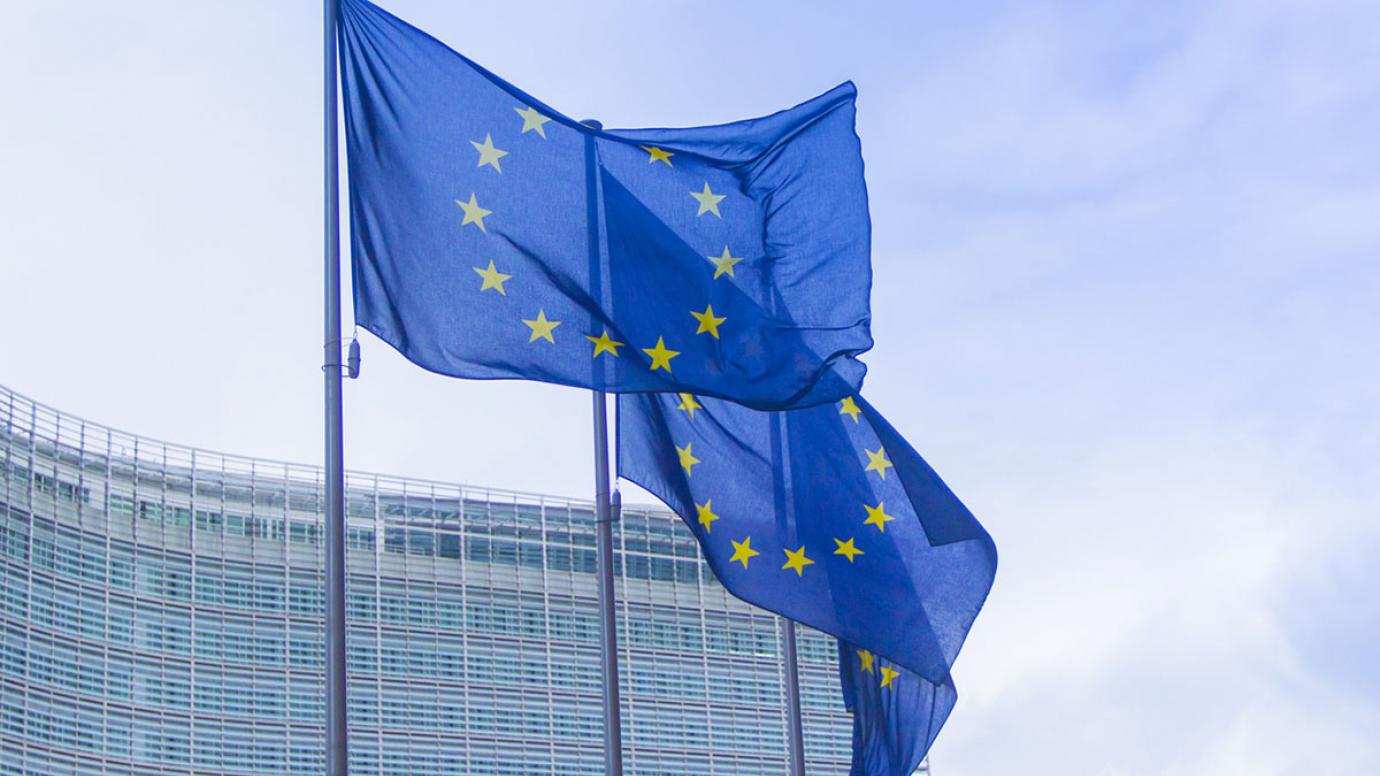Europe's cultural heritage is a shared source of remembrance, understanding, identity, dialogue, cohesion and creativity. It encompasses a broad spectrum of resources inherited from the past in all forms and aspects. Cultural heritage is
- tangible (castles, museums, works of art)
- intangible (songs, traditions, etc.)
- digital (born-digital and digitised)
It includes monuments, sites, landscapes, skills, practices, knowledge and expressions of human creativity. Collections conserved and managed by public and private bodies - such as museums, libraries and archives - and film heritage are also part of cultural heritage.
Cultural heritage: a driving force for the cultural and creative sectors
Cultural heritage enriches the lives of people. It is also a driving force for the cultural and creative sectors, and plays a role in creating and enhancing Europe's social capital.
Cultural heritage is an important resource for economic growth, employment and social cohesion. It helps revitalise urban and rural areas and promote sustainable tourism. In the European Union, over 300,000 people are employed in the cultural heritage sector and 7.8 million jobs are indirectly linked to heritage (e.g. hospitality, interpretation and security).
While policy-making in this area is primarily the responsibility of Member States, regional and local authorities, the EU is committed to safeguarding and enhancing Europe's cultural heritage. It does so through a number of policy areas and programmes. In the following sections, you will find more details on these:



